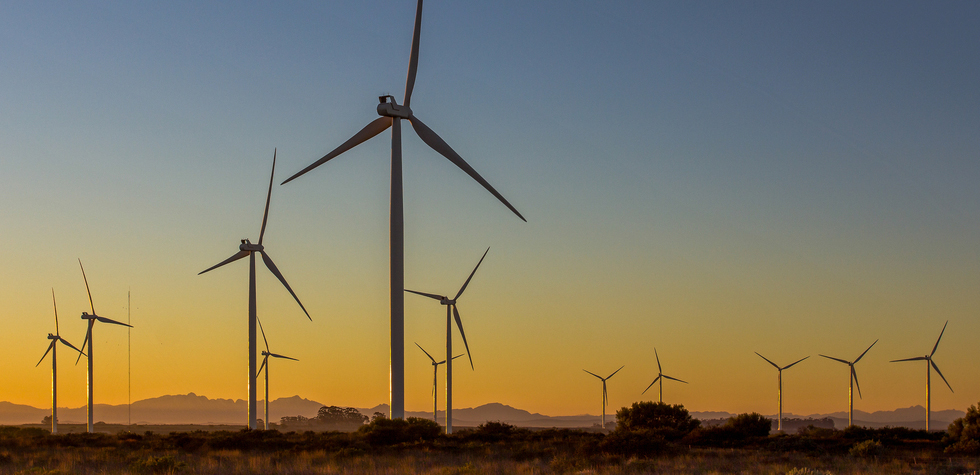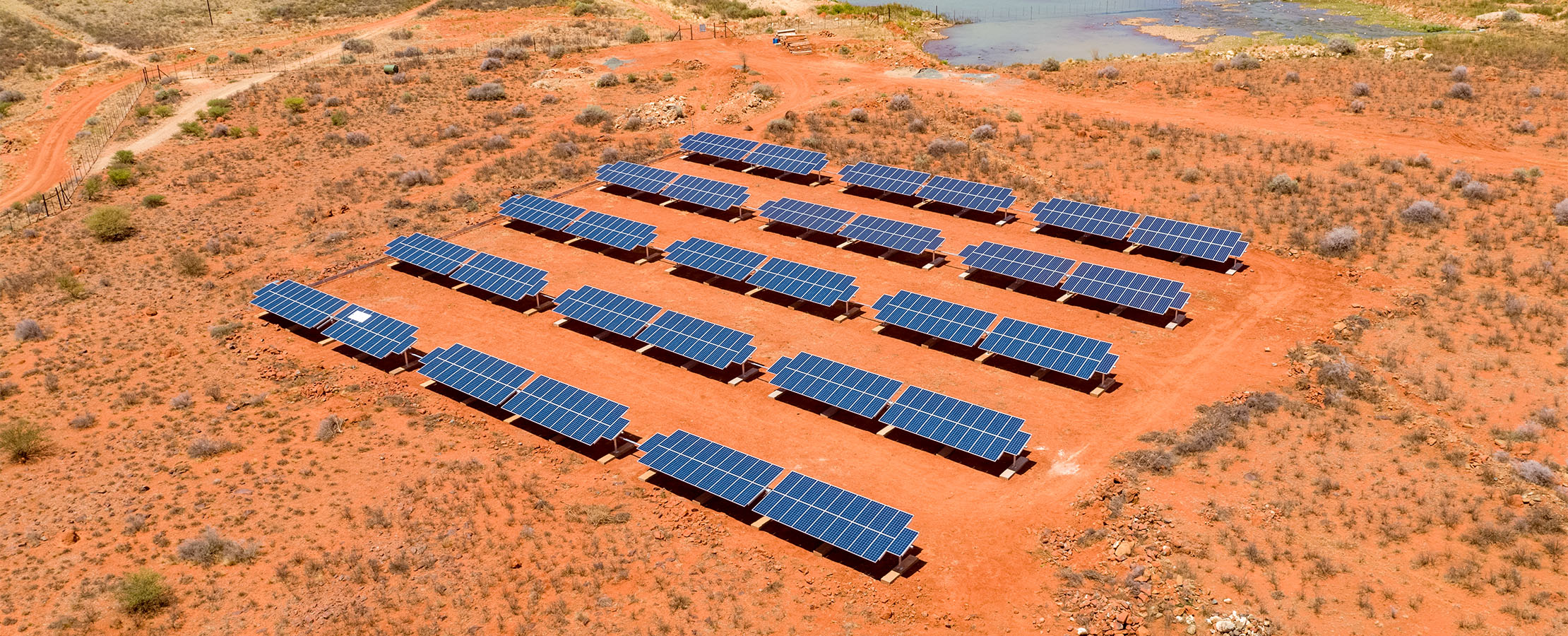Unequal Access to Finance is Holding Back the Energy Transition
Developing economies face a twin dilemma: the need to pursue low-emissions development while having very limited access to capital. Here's how unequal access to capital hinders climate action.
Meeting our climate goals hinges on the availability of finance for low-emissions energy projects. So-called “green finance”, however, is more accessible in some parts of the world than others. Despite accounting for two-thirds of the global population, emerging markets and developing economies excluding China account for just one-fifth of clean energy investment.
The cost of the energy transition
There is a huge opportunity for developing economies if affordable capital is made available. Africa, for example, has 60 percent of the world’s best photovoltaic solar resources but has only 1 percent of the world’s installed capacity. Emerging economies must have access to finance that will allow them to meet the aspirations of their populations and governments, while avoiding high-emissions development pathways.

Unequal access to finance
Renewable energy projects can have relatively high initial costs, although these are offset over time with low operating costs and fuel expenditure. Despite these long-term gains, a lack of access to finance under ‘reasonable terms’ in developing countries makes renewable projects unaffordable. Other factors including political and macroeconomic uncertainty can also discourage private sector investment in some countries.
Making the energy transition affordable for all depends on lowering the cost of capital in emerging markets and developing economies.
One challenge has been a lack of available data on the cost of capital for these economies, obstructing investment. This prompted the IEA, the World Economic Forum, ETH Zurich and Imperial College London to establish the Cost of Capital Observatory. It has uncovered some shocking statistics – for instance, the cost of capital for a typical solar PV plant in 2021 was two to three times higher in emerging markets and developing economies than in advanced economies and China. In fact, financing costs account for around half of the total levelized costs of a typical solar PV plant that reached final investment decision in these countries, compared with 25-30 percent in advanced economies and China. According to IEA, these higher costs are in part driven by higher country risk (reflected in higher rates for bonds) but also higher sectoral risks and a lack of bankable projects in these countries.
Climate finance for all?
The good news is that targeting how sustainable projects are financed in emerging markets and developing economies has the potential to bring about positive change. A Nature study estimated that policy interventions to lower weighted-average cost of capital could allow Africa to reach net-zero emissions approximately 10 years earlier than a scenario in which the cost of capital reduction is not considered.
There is a simple need for additional low-emissions finance. Developed economies have repeatedly failed to meet the target of $100bn annually to support climate action in developing economies.
However, there are other ways to unlock capital – both domestic and international, public and private – and support low-emissions and renewable energy projects in emerging markets and developing economies. For instance, financial institutions could consider more affordable forms of debt (e.g. long-term local-currency debt plans for renewable projects). Governments could also mitigate risk with guarantees to purchase energy generated by renewables projects, providing confidence for investors.
Making climate finance accessible in developing nations is no small task – it requires an overhaul of much existing financial architecture. Rising to the challenge will require international dialogue. Failure to meet the challenge is not an option if we are to meet net zero by mid-century.






